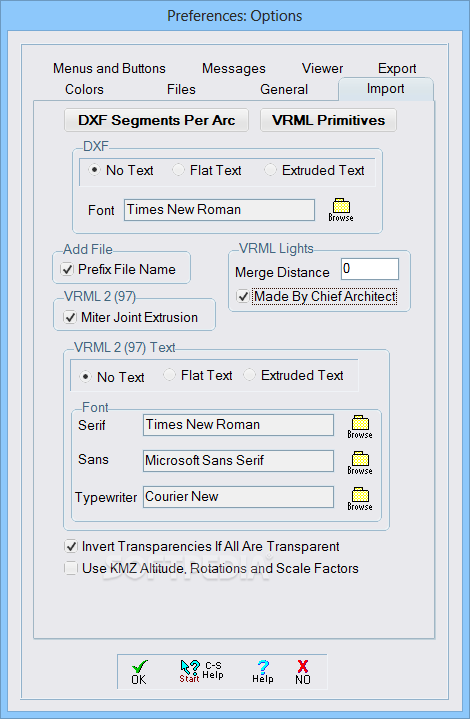
Furthermore, I can't seem to find element arrays in the SuperBible, and the index is misleading (note that I'm treating the SuperBible as more of a reference than as a book to read). My real issue is concerning element arrays, which Wolff doesn't go into much detail about. Hopefully, that's brought you up to speed on what I'm talking about. Python bindings are available for scripting import/export features for popular file formats. Blender has its own particular user interface, which is implemented entirely in OpenGL and designed with speed in mind. Gl::VertexAttribFormat(0, 3, gl::FLOAT, false, 0) Blender is an integrated 3d suite for modelling, animation, rendering, post-production, interactive creation and playback (games). Gl::BindVertexBuffer(0, vbo, 0, sizeof(GLfloat) * 3) The new way: gl::EnableVertexAttribArray(0)

I decided to create a tutorial using a text-to-speech website called uberduck.ai. Gl::VertexAttribPointer(0, 3, gl::FLOAT, false, 0, nullptr) I'll use the same requirements as the basic blender has: 64-bit quad core CPU with SSE2 support 8 GB RAM Full HD display Mouse, trackpad or pen+tablet Graphics card with 2 GB RAM, OpenGL 4.3 Get this product on Gumroad.

The old way: gl::EnableVertexAttribArray(0) I'm currently having a bit of trouble porting vertex arrays from the old OpenGL 3.3 way to the new OpenGL 4.3 way, as seen in Wolff's book on page 31. This isn't a problem, as I follow OpenGL 3.3, and modify whenever my other resources introduce a new way. OpenGL 4 Shading Language Cookbook (Second Edition)īoth of these books work with OpenGL 4.3, but teaches OpenGL 3.3.

View: Blender Home Page | Blender 3.I'm building my own game engine in C++14 with a core OpenGL 4.3 back-end.



 0 kommentar(er)
0 kommentar(er)
